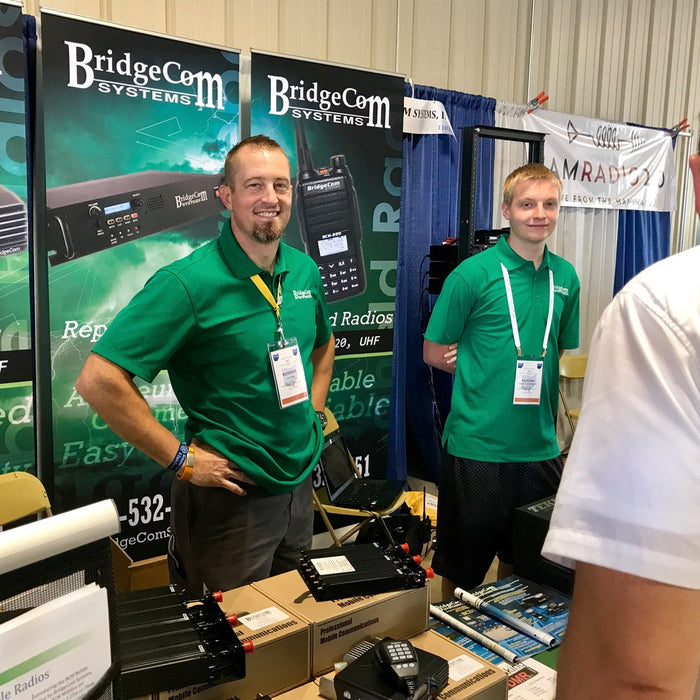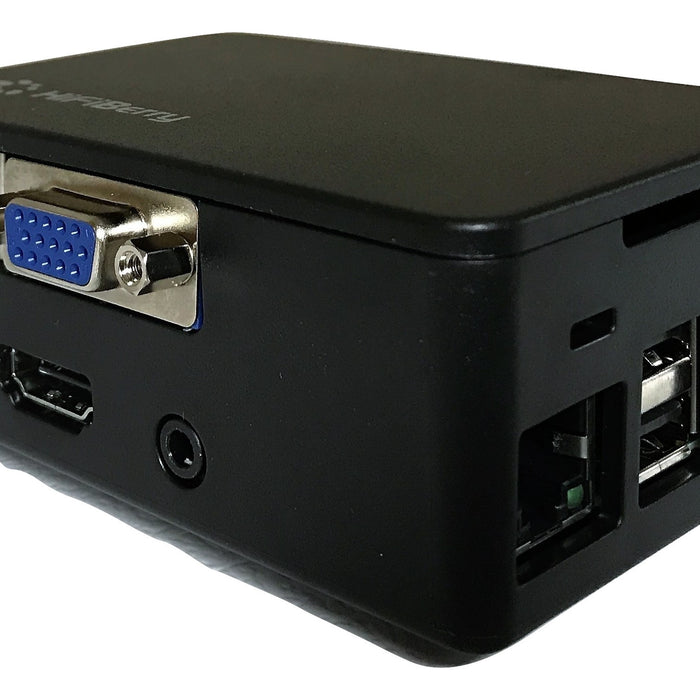Have questions? Give us a call! (816) 532-8451
Have questions? Give us a call:(816) 532-8451
Great choice! Welcome to the exciting world of digital radio.
Have questions? Give us a call! (816) 532-8451
Have questions? Give us a call:(816) 532-8451

The ARRL Foundation has announced the 2018 recipients of the scholarships it administers.
The ARRL Foundation gives scholarships to young amateurs in college.


ARRL once again will be out in force at Hamvention® — May 18 – 20 at the Greene County Fairgrounds and Expo Center in Xenia, Ohio. The largest annual Amateur Radio gathering in the US this year has been sanctioned as the 2018 ARRL Great Lakes Division Convention. This is only Hamvention’s second year at its new location in Xenia after decades at the now-shuttered Hara Arena.

Members of the Dominica Amateur Radio Club Incorporated (DARCI) held a second field-day-style emergency preparedness, awareness, and recruiting exercise on April 21...

High schoolers talking to astronauts. New ham frequencies available. And much more available to read in the new ARRL news letter! 4/19/2018


Radio Amateurs in Canada are poised to join those in several other nations around the world who have access to a new 60-meter band,


What can I say about Dayton Hamvention 2017 other than WOW! It had everything; Great venue, 30,000 of your favorite ham radio friends, great vendors, Rain, Rain, and more Rain, good food, great buys, mud and on-site camping. Did I...

Amateur Linking What is amateur radio linking and why is it so important, necessary, or just plain fun? Let's say you want to set up a repeater at Hamvention and talk to the group back home. How is that possible?...

Reviewed by Pascal Villeneuve, VA2PV
va2pv@arrl.net
 In the past few years, VHF/UHF digital voice communication has been one of the fastest growing segments of Amateur Radio. D-STAR and System Fusion (C4FM) were specifically designed for Amateur Radio, but this is not the case with DMR — Digital Mobile Radio. It is an open standard, developed by the European Telecommunications Standards Institute (ETSI). As such, this technology is available to any company willing to build a digital radio, such as the BridgeCom Systems D-500 (by TEKK) reviewed this month. Introduction to DMR There are three types of DMR — Tier I, Tier II, and Tier III. To learn more about DMR, I strongly suggest that you read “Introduction to Digital Mobile Radio (DMR)” by John S. Burningham, W2XAB, in the October 2015 issue of QST. In this review, we will concentrate on the widespread Tier II DMR network. You will need to understand a bit about this technology to program your DMR radio. As DMR was not developed specifically for Amateur Radio, the terms are different from what we are used to. Tier II DMR uses TDMA (Time Division Multiple Access), which is a frequency-sharing protocol. You can have two conversations on the same frequency without interfering with each other. This is very efficient, as Tier II TDMA uses a 12.5 kHz bandwidth with two time slots. The switching is very fast, thus allowing for two simultaneous contacts on the same frequency, using this time-sharing method.
In the past few years, VHF/UHF digital voice communication has been one of the fastest growing segments of Amateur Radio. D-STAR and System Fusion (C4FM) were specifically designed for Amateur Radio, but this is not the case with DMR — Digital Mobile Radio. It is an open standard, developed by the European Telecommunications Standards Institute (ETSI). As such, this technology is available to any company willing to build a digital radio, such as the BridgeCom Systems D-500 (by TEKK) reviewed this month. Introduction to DMR There are three types of DMR — Tier I, Tier II, and Tier III. To learn more about DMR, I strongly suggest that you read “Introduction to Digital Mobile Radio (DMR)” by John S. Burningham, W2XAB, in the October 2015 issue of QST. In this review, we will concentrate on the widespread Tier II DMR network. You will need to understand a bit about this technology to program your DMR radio. As DMR was not developed specifically for Amateur Radio, the terms are different from what we are used to. Tier II DMR uses TDMA (Time Division Multiple Access), which is a frequency-sharing protocol. You can have two conversations on the same frequency without interfering with each other. This is very efficient, as Tier II TDMA uses a 12.5 kHz bandwidth with two time slots. The switching is very fast, thus allowing for two simultaneous contacts on the same frequency, using this time-sharing method.